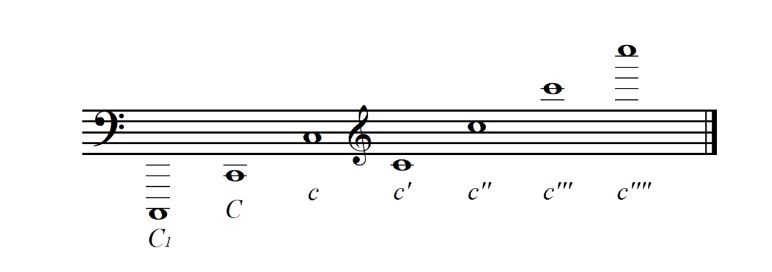The guidelines for the Historic Brass Journal have been updated. See the full document below:
The Historic Brass Society invites submissions of articles for the peer-reviewed Historic Brass Society Journal and its new publication, Historic Brass Today.
1. The HBS publishes articles based on any aspect of brass instruments of the past—from Antiquity through the twentieth century and representing cultivated, vernacular, and
non-western traditions. The Journal also publishes English translations of signifcant primary sources that shed light on brass instruments and their use, and it includes in-depth bibliographies and reviews. Most articles in the Journal are between 4000 and 8000 words long; shorter submissions (including brief reports of discoveries) are
always encouraged, and longer ones may be considered as the subject and treatment warrant. Articles submitted to the Journal will be read by at least two expert referees
who will advise the Editor and Editorial Board on acceptance or rejection. Contributors should aim for a concise, fuid style of English presentation that will be accessible to a
broad audience of academics, performers, and interested amateurs. The HBS reserves the right to edit submissions for style and may return them to the author for extensive revision or retranslation.
2. Authors submitting articles for the Historic Brass Society Journal should send a file in Microsoft Word for Macintosh or Windows to
deadline for submitting articles for the Journal is 1 October, for publication during the following calendar year.
3. Accompanying graphics such as photographs, line drawings, etc., must be submitted as camera-ready artwork or graphics fles. TIF format (at least 300 dpi) is preferred
for graphics fles. Musical examples must be either computer-typeset, engraved, or submitted as Finale© fles as attachments to e-mail, sent to the addresses given in item 2 above. Authors are responsible for any costs associated with obtaining and/or reproducing illustrations, and are further required to furnish proof of permission to reprint for illustrations that are the property of an institution or another individual. The number and size of graphics will be limited by our space requirements.
4. Authors are requested to place only one character space after every sentence and punctuation mark. Endnotes and bibliographic formats should conform to the guide-
lines given in the most recent edition of the The Chicago Manual of Style.
5. Musical pitch designations should conform to the system shown below:

6. Upon acceptance of the article, the author will be asked to sign an agreement, stipulating that the material in the article has not previously been published, that it will not be submitted to another publication in the future without permission of the Editors of the Historic Brass Society Journal, and that the author will work with the Editors in a timely manner to prepare the article for publication. Theauthor will further be asked to agree that while s/he retains copyright to her/his article, s/he grants permission to the
Historic Brass Society to reprint the article in print or digital format. Theauthor will be assigned an editor who may suggest revisions based in part on the referees’ reports and in part on consideration of style. All revisions and changes should result from the ensuing dialogue between author and editor. When they have reached agreement on all revisions, the editor will send the author a revised version of the article. At this time any last-minute corrections should be made in consultation with the editor. Later the
author will receive proofs in type, but the only changes allowable at this point will be corrections of any mistakes made during the typesetting process itself.
7. Submissions must include (as a separate fle) an abstract of the article. If the article is accepted this abstract will be used in the major international bibliographical/abstract
catalogues such as RILM. The abstract should be in English and be of no more than 350 words. It should summarize the content of the article and mention any major
primary sources that are prominently interrogated. It should be written in such a way that readers will easily grasp the focus of the article and what its distinctive and
original contribution to the subject is. It is worth taking into account that those who use abstract databases are not all historic brass scholars.



